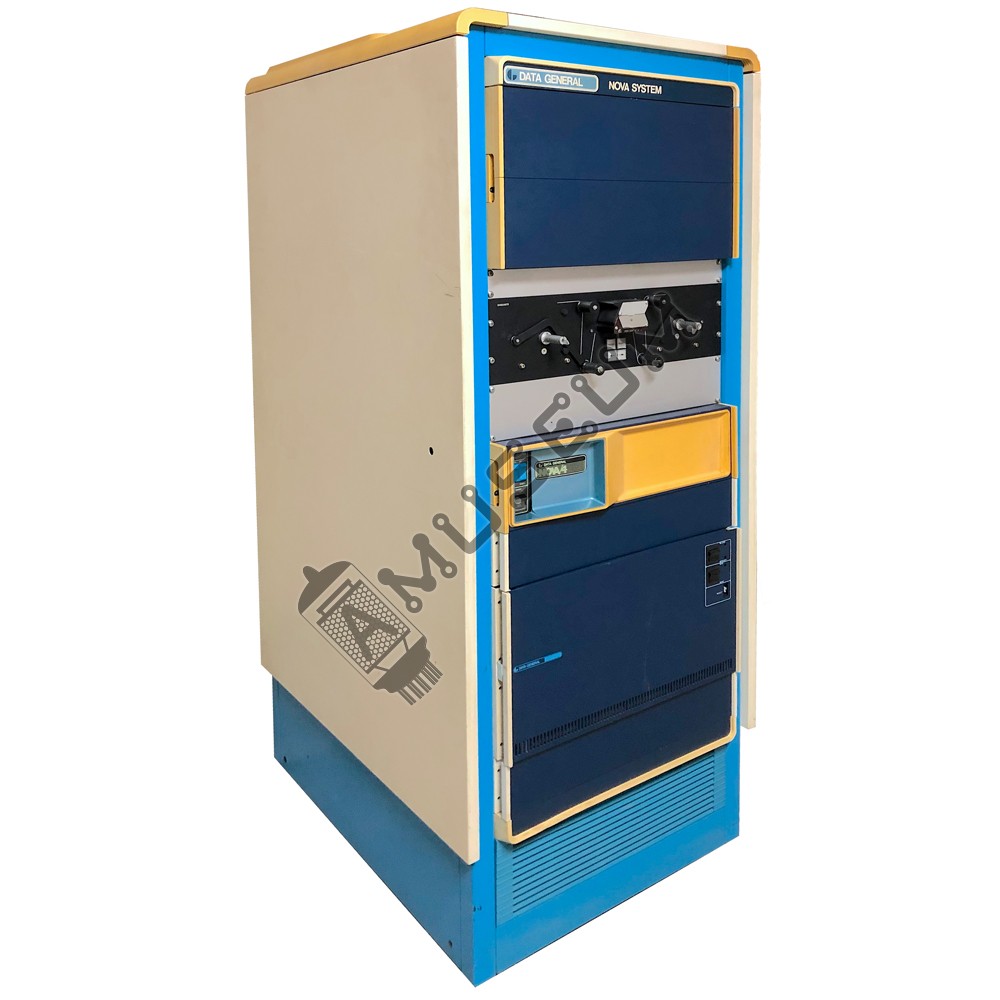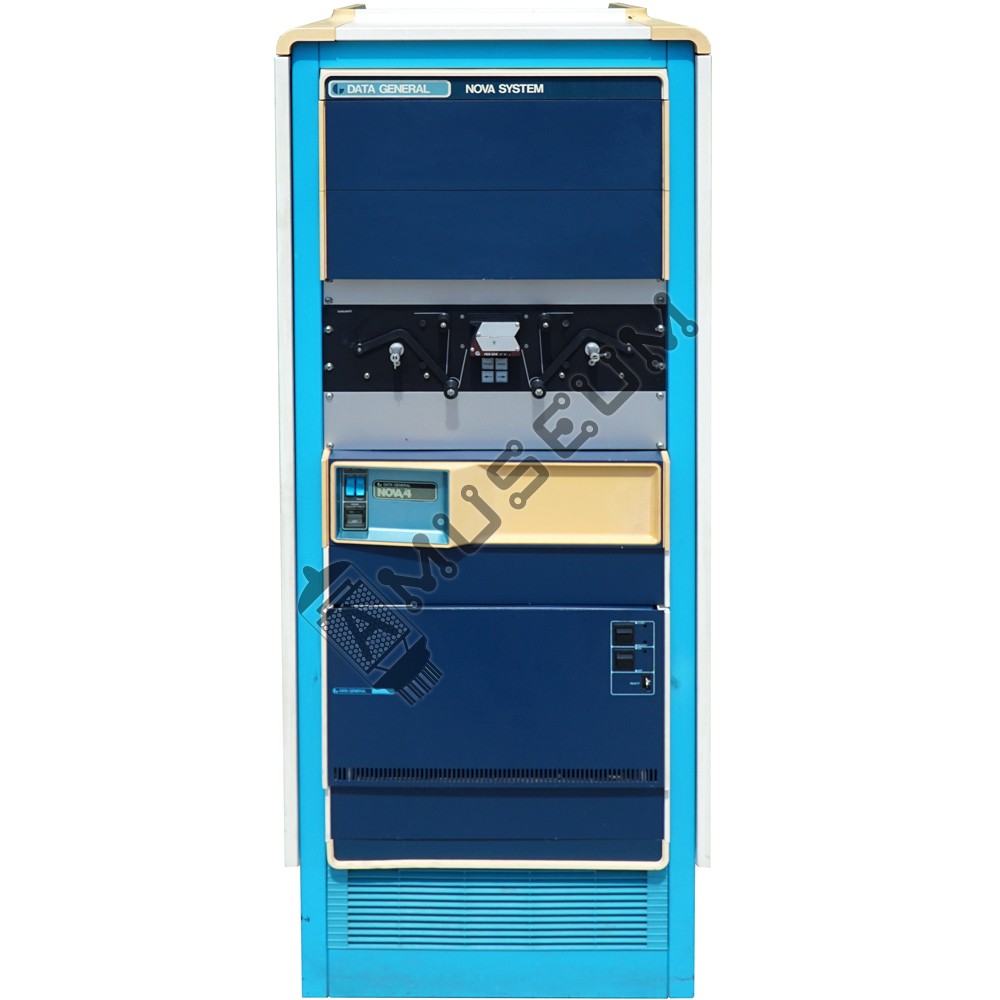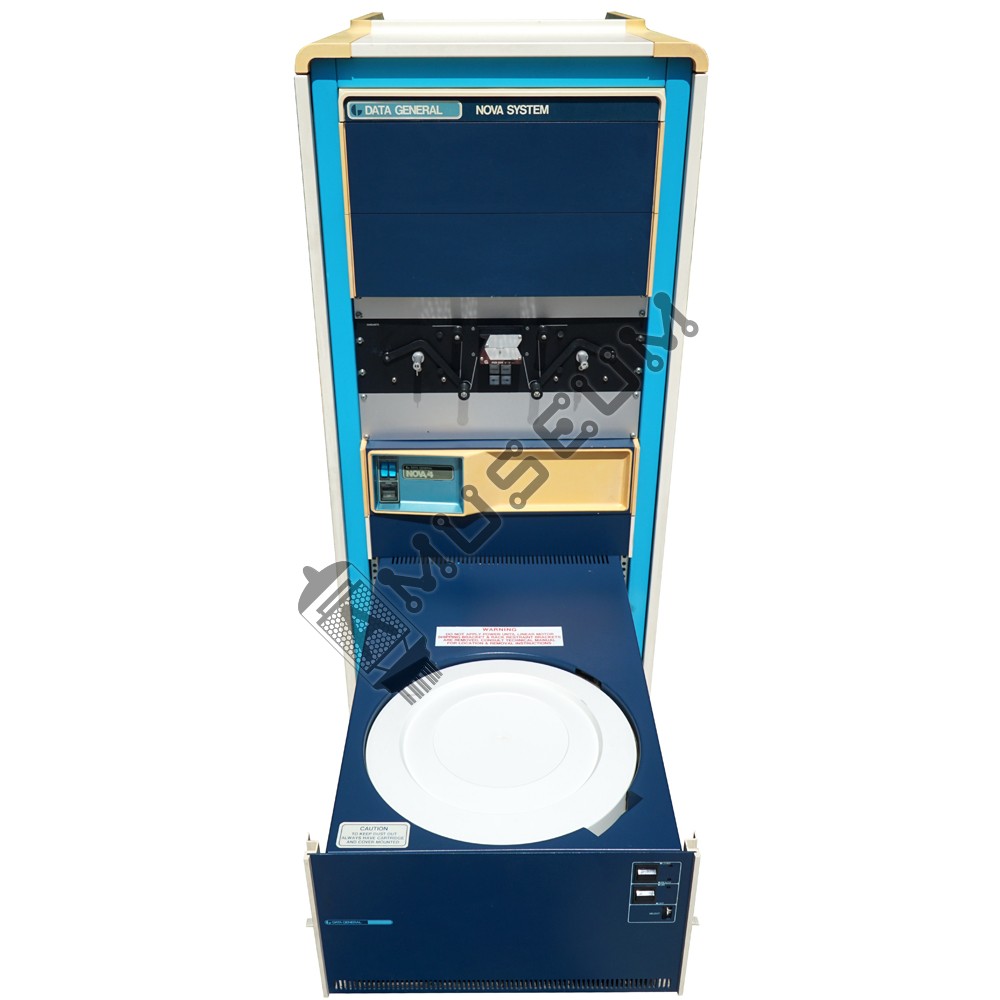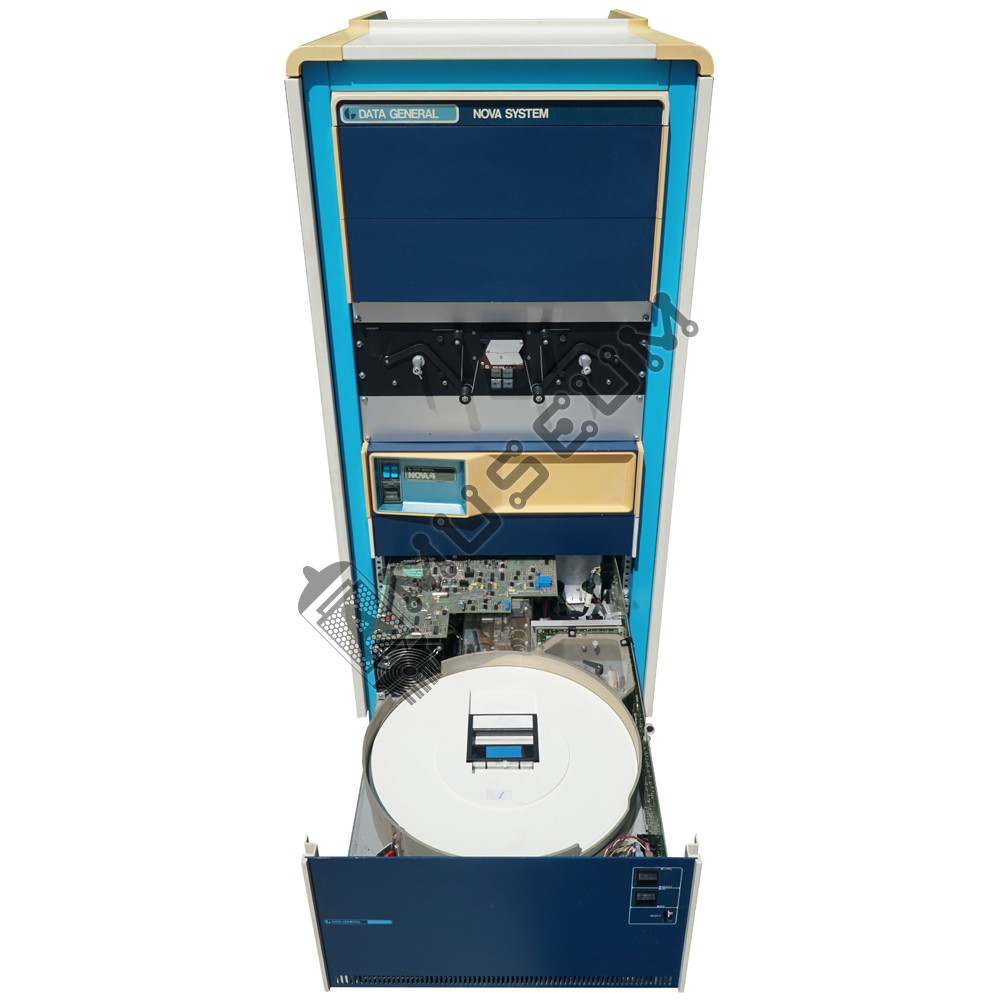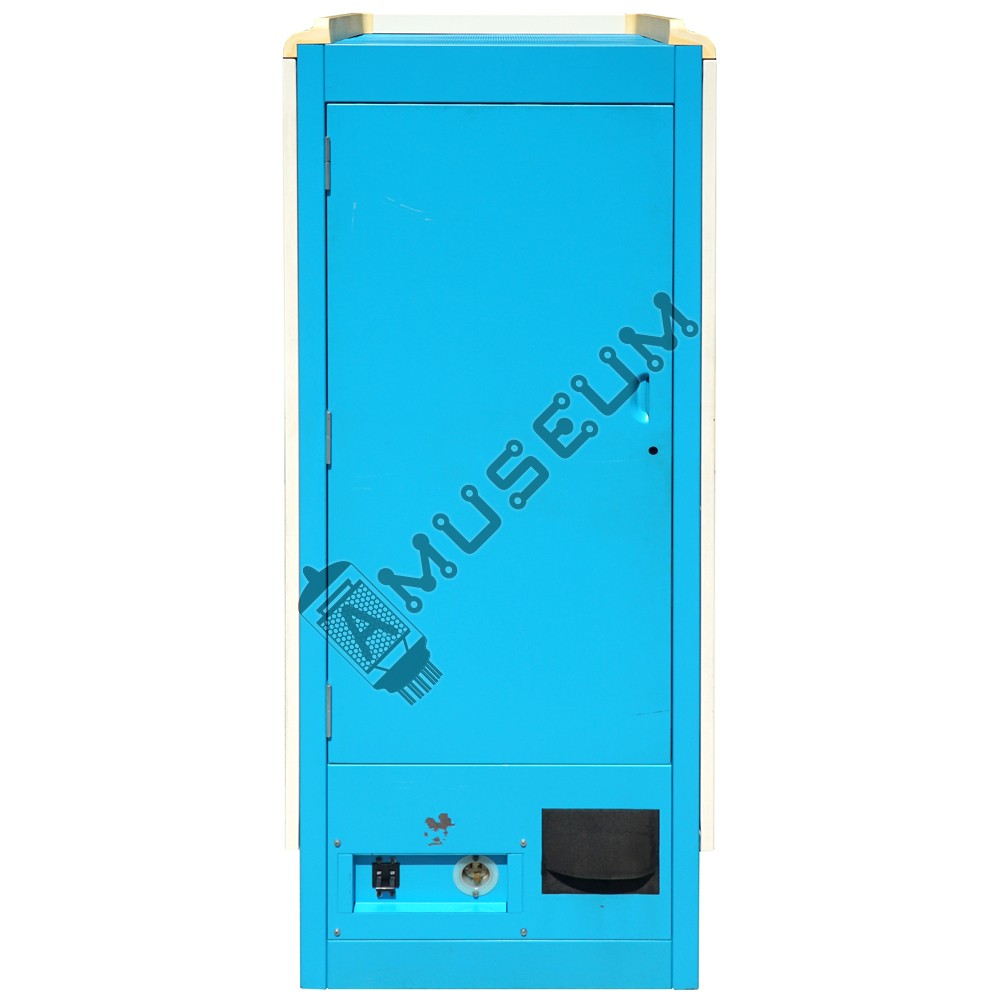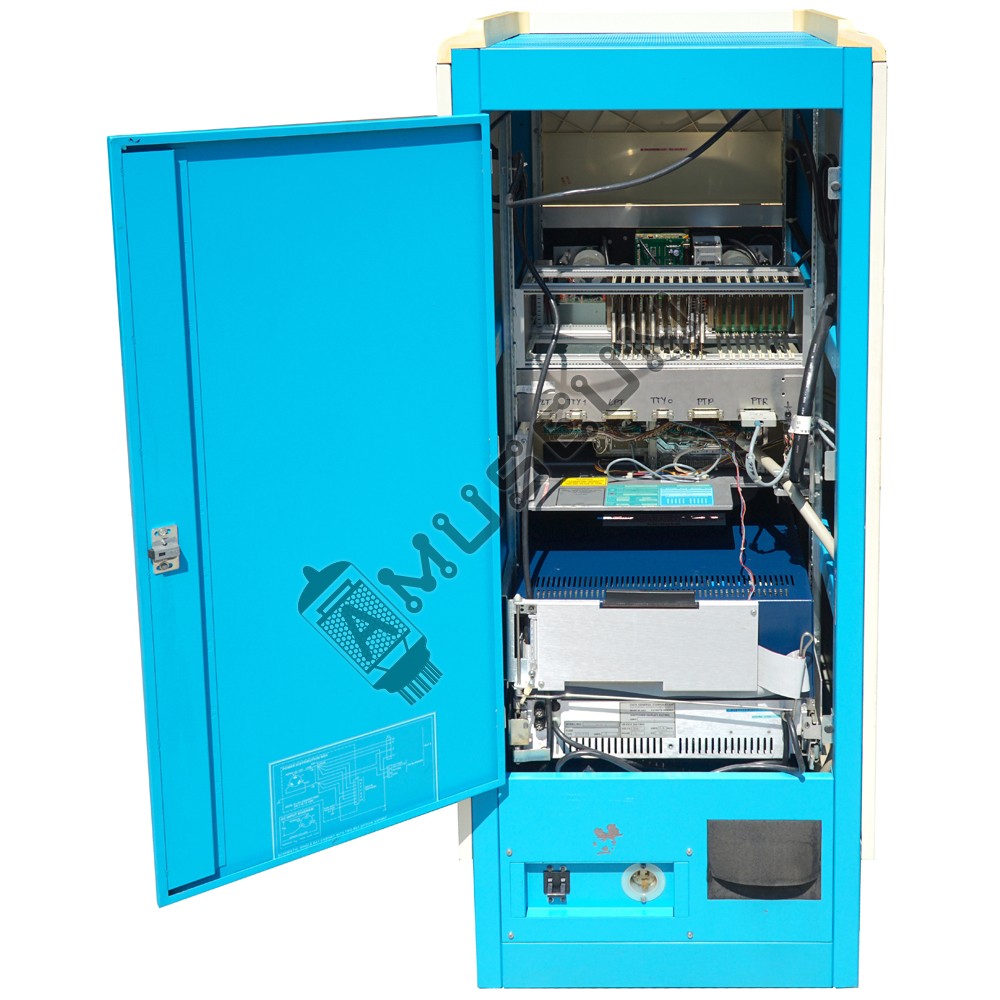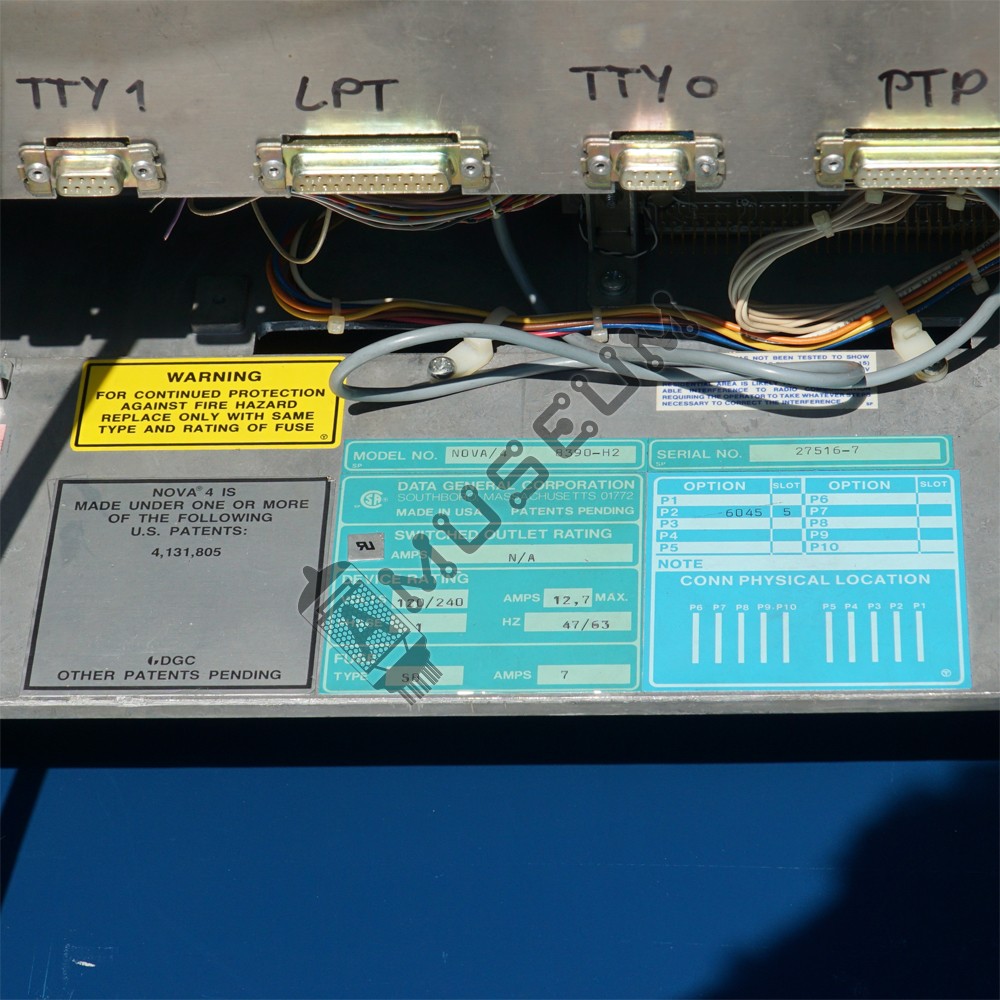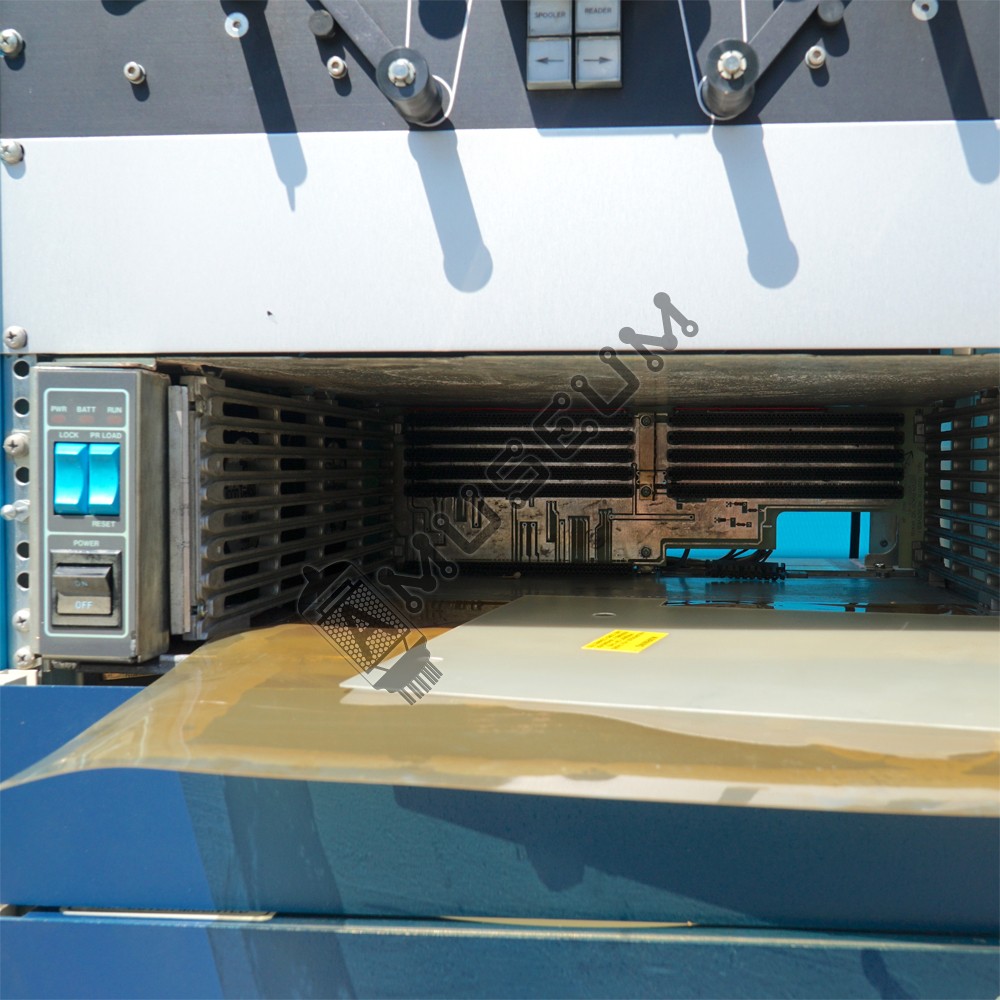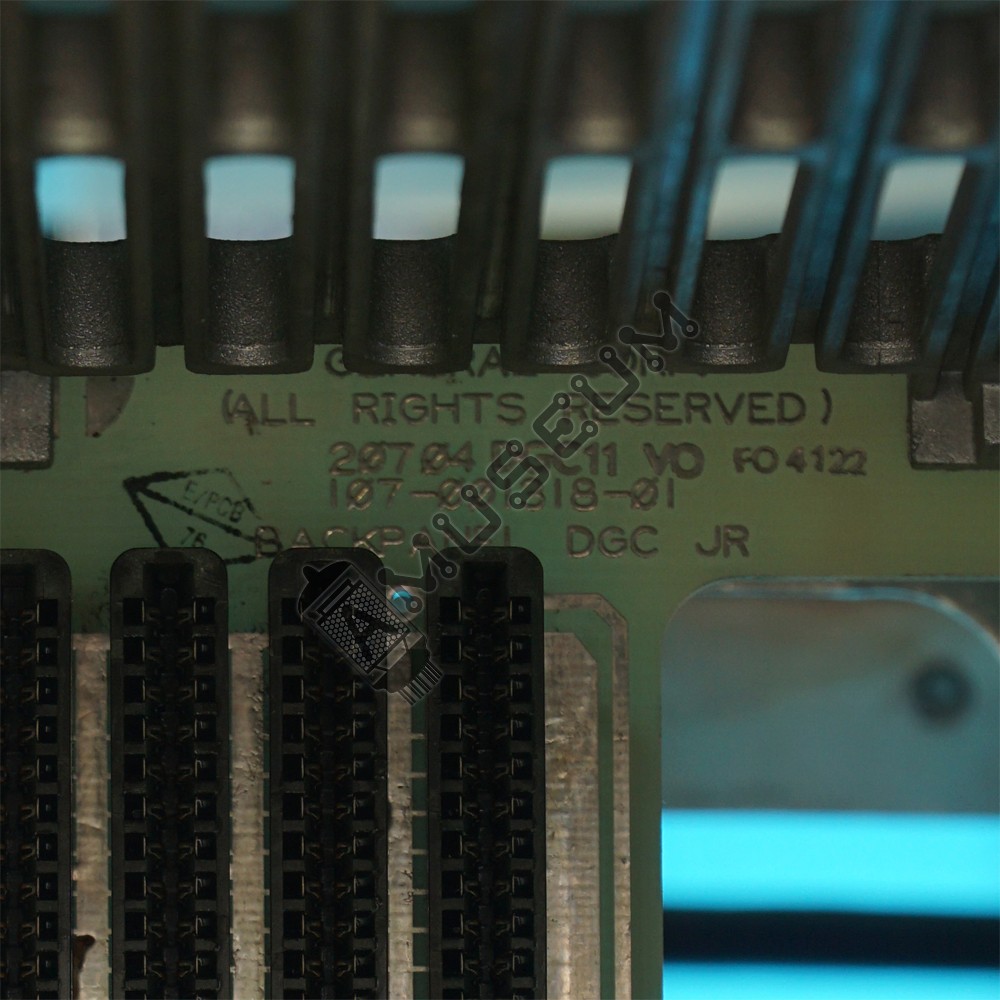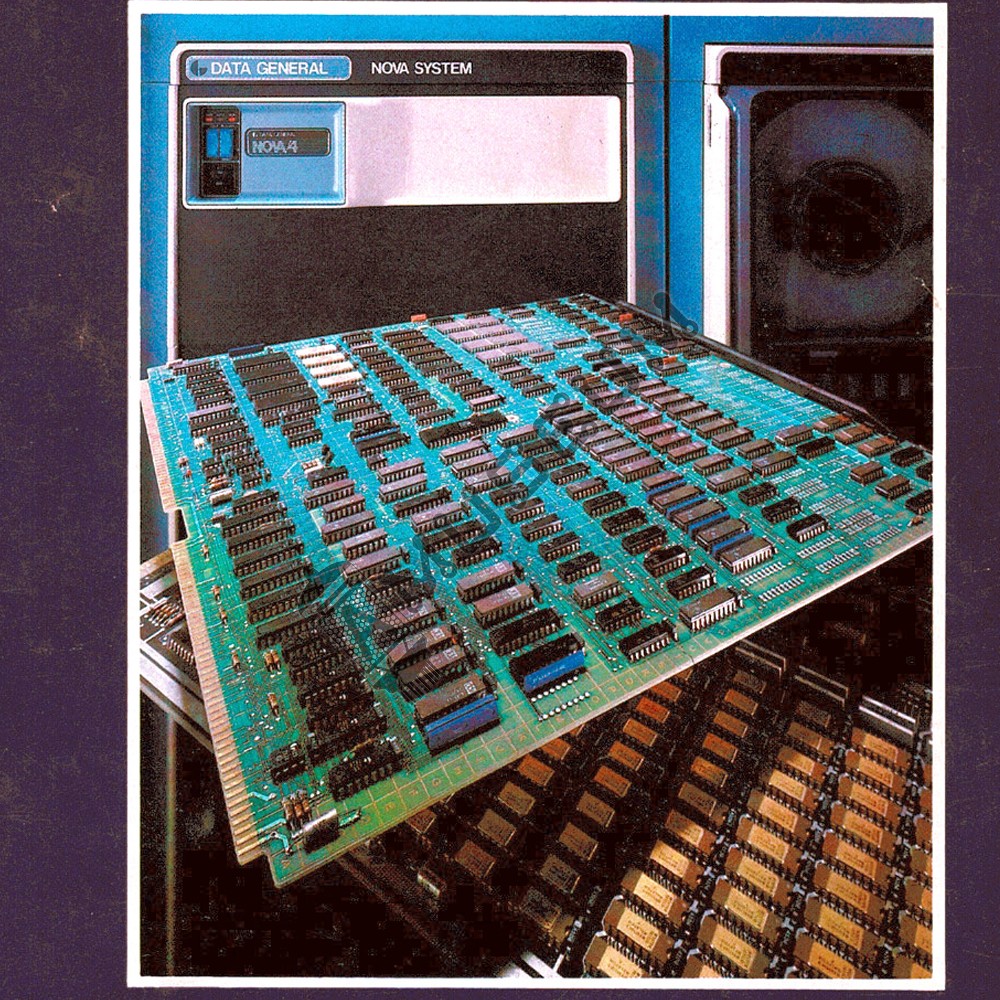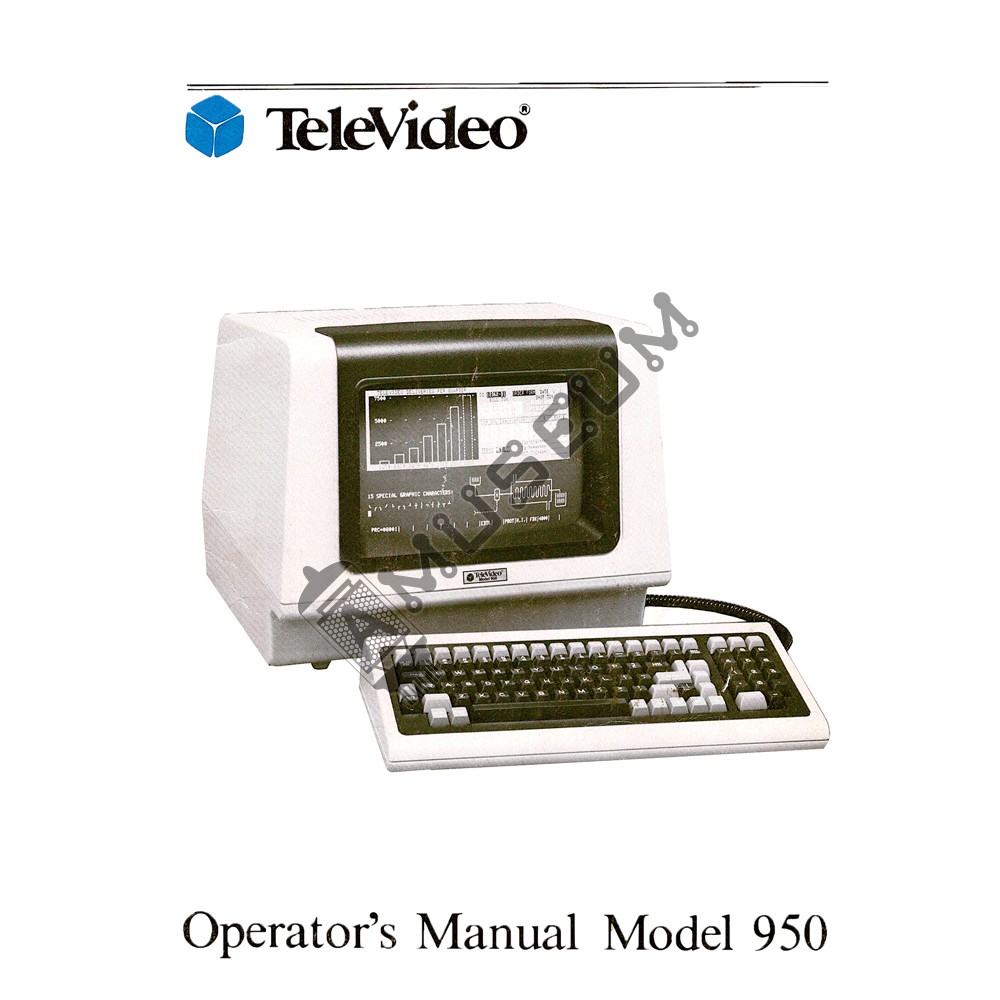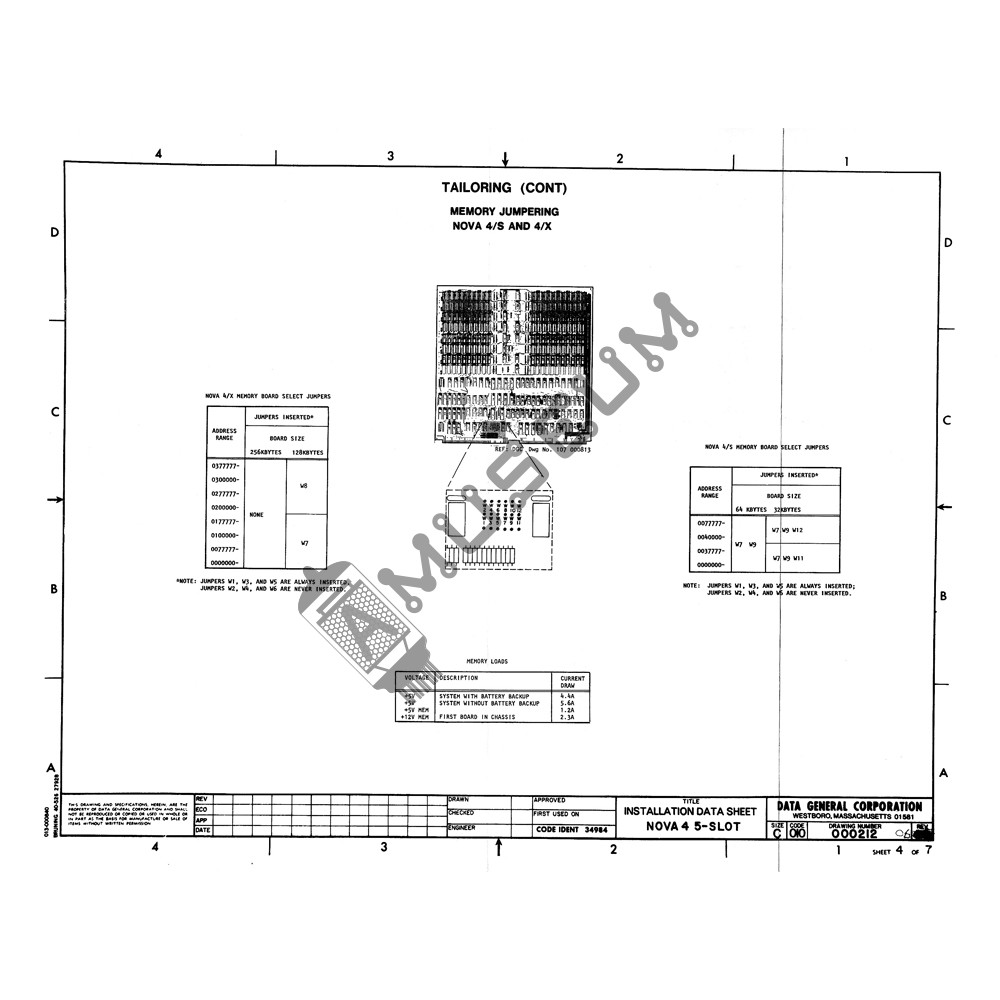Exhibit of the Amuseum
Donation to the museum by Philip and Igor Rombaut
Date of inclusion in the catalogue: 28 October 2021
Last Edit: 27 August 2023 - corrections to text - IZOT 0310 found
| Shown for the first time |
1975? |
| Years of production |
1975 - 1979? |
| Units Manufactured |
I have no information. Allegedly over 50 000 machines. The museum exhibit number is 27516-7 |
| Manufacturer |
Data General Corporation, САЩ |
| Colour |
Housing blue and white; front panels blue and black |
At the date of the donation I still did not have an IZOT minicomputer, so I gratefully accepted the donation of this American machine, which ended up in Bulgaria by coincidence. It is unlikely that the manufacturer of the computer understood that his offspring had crossed the Iron Curtain. I doubt there is a second one in our latitudes.
(In 2023 I also found the Bulgarian IZOT, you can see it here.)
A brief history of the brand.
One of the owners of the company, Edson de Castro was an engineer at DEC and was involved in the creation of their first 12 bit computer, the PDP-8. He and a few other colleagues decided that they could create a better, 16 bit computer based on a single large circuit board, so they left and founded Data General in 1968. In 1969 they introduced the Nova and advertised it as "The World's Best Small Computer".
There were various models over the years until 1975 when they showed the Nova4 series, of which this exhibit is a part. Curiously, I found a description of 3 types of "fours" on the internet and each of them has a letter designation - 4C, 4S and 4X respectively. This specimen lacks a letter designation. Subsequently, these computers became the nightmare of repair shops because of the architecture of the circuit board - everything is in one place and it is very difficult to identify failures.
The documents accompanying the machine concluded that it was shipped to Bulgaria around the spring of 1986, was equipped with a Televideo 950 terminal, and had 256 Kbytes of memory, a hard drive in a drawer, and a Ghielmetti 204 punch tape reader. The computer boards and terminal were missing.
More information can be found on the internet.
The reason it is in our museum is the opportunity to compare it to the IZOT models, if I can salvage one.

